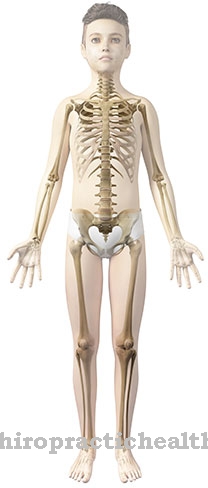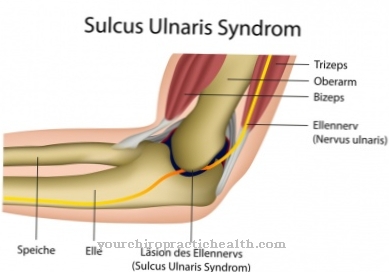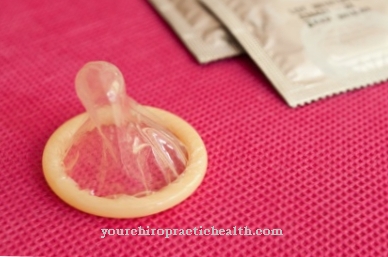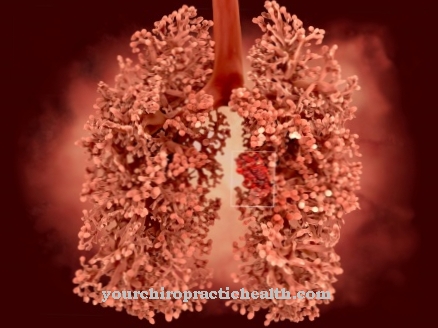As Vesicorenal reflux is a backflow of urine from the bladder into the ureters or even back to the renal pelvis. The backflow can occur when the valve function at the point of entry of the ureter into the bladder is disturbed. The backflow of urine can cause bacteria to enter the kidney pelvis and cause kidney inflammation. Chronic reflux of urine can cause kidney dysfunction.
What is vesicorenal reflux?

The two ureters, which flow from the two renal pelvis into the ureteral opening into the bladder, normally only allow urine to pass in the direction of the bladder.
The ureter opening acts as a valve to prevent the urine from flowing back towards the kidneys. If the valve function is disturbed, the urine can flow back (reflux) into the upper ureters or even into the renal pelvis. The disorder can occur in one or both of the upper ureters.
The malfunction at the point of entry of the ureter into the bladder is usually congenital, but it can also be acquired later. The reflux is assigned to one of five classes from class I to class V, depending on its severity. The reflux can lead to urinary tract infections up to and including inflammation of the kidneys and ultimately - if the disease is not treated - cause severe kidney damage or even loss of function of the kidneys.
causes
Primary vesicorenal reflux occurs when the reflux - as in most cases - is caused by a genetic malformation. As a rule, the end of the ureters in the bladder wall is too short, so that a build-up of pressure in the bladder does not lead to a complete closure of the ureters, but rather part of the urine is pushed back again.
Another form of genetically determined developmental disorder is when a ureter is created twice (ureter duplex), which can also cause reflux of the urine. A secondary or acquired vesicorenal reflux is present if the reflux only sets in later due to external circumstances.
The causes for this can be a urinary tract infection or direct damage caused by e.g. B. can arise in a ureteroscopy with distension of the ureter. A nerve disease (spina bifida) and a congenital narrowing of the urethra can also be responsible for reflux.
Symptoms, ailments & signs
Vesicorenal reflux is only associated with symptoms in the late phase. Sufferers complain of pain when they urinate. The reflux can be of varying intensity. All age groups are affected. Children often experience healing without medical intervention.
Patients regularly report that their urine takes on a foul odor. The urge to empty the bladder has also increased significantly. A burning sensation during urination and convulsions occur. In many cases, vesicorenal reflux is associated with susceptibility to infections. There is pain on the entire flank. Bulky pain and diarrhea are also possible side effects.
Vesicorenal reflux makes the kidney infection likely. The result is an inflammation of the kidney pelvis. Those affected then complain of an increased temperature. Chills are also possible. Severe pain in the kidneys occurs when using the toilet. If medical treatment is neglected, kidney failure is possible.
Long-term consequences will affect urination. Incontinence and uncontrollable urination accompany everyday life and represent a psychological burden. At night, bed-wetting is common to children. Sometimes high blood pressure even develops. In minors even stunted growth can occur.
Diagnosis & course
Since most cases of reflux are congenital undesirable developments within the urinal tract and these are not visible from the outside, underweight and paleness, fever and rewetting, vomiting or diarrhea and abdominal pain may be symptoms of the presence of a primary vesicorenal in infants and toddlers Reflux should be interpreted especially if there has been a known family history.
In adolescents and adults, urination with a burning sensation, bad smelling urine, kidney pain, and painful urination can all indicate reflux. The symptoms should be clarified more closely. The most important diagnostic methods are ultrasound, urinary stream measurement and a micturition cystourethrogram, with which the ability of the ureters to close at the bladder entry can be measured.
Depending on the severity of the reflux, if left untreated, dilated ureters and chronic inflammation of the renal pelvis up to and including kidney insufficiency can occur. In less severe cases, spontaneous healing can also be observed in children up to the age of 10.
Complications
In many cases, there are no particular symptoms or complications with this disease, so the disease is discovered relatively late. Those affected suffer primarily from bed-wetting. This can also have a very negative effect on the psyche of the person concerned and thus lead to bullying or teasing the patient.
Many of those affected continue to suffer from depression and significantly reduced self-esteem or from inferiority complexes. The quality of life is significantly restricted and reduced by the disease. Renal insufficiency also occurs if the disease is not treated. In the worst case, those affected can die.
You will then have to have a kidney transplant or dialysis to avoid dying.Especially in children, the disease can also lead to stunted growth, so that complications can also arise in adulthood. When urinating, there is often pain and the urine smells very unpleasant.
Treatment for the disease is usually done through surgery. There are no complications. As a rule, this can limit and alleviate all complaints. Whether the disease has a negative impact on the life expectancy of the patient depends heavily on the time of diagnosis.
When should you go to the doctor?
Irregular urination, cramps in the abdomen or a burning sensation in the bladder, kidney and ureter are signs of an existing disease. A doctor's visit is necessary if the symptoms persist or increase over several days. Diarrhea, general malaise and internal irritability are other symptoms of a disorder. If there is loss of appetite, abnormal behavior or internal weakness, the person concerned needs a doctor. A general feeling of illness, fatigue, incontinence or an increased body temperature should be medically examined and treated.
Sweats, chills or abnormalities in the cardiovascular system must be assessed. A doctor's visit is necessary if the urine has an abnormal odor, pale appearance, stomach pain or a hunched posture. Withdrawal behavior, night wetting, vomiting and nausea must also be presented to a doctor.
If growth disorders occur in children, the observations should be discussed with a doctor. If there are psychological abnormalities, an aggressive demeanor or apathy, the person concerned needs help. A persistently reduced quality of life can lead to serious complications. In the case of a particularly unfavorable course of the disease, the affected person may die prematurely. Therefore, cooperation with a doctor should be sought at the first irregularities and abnormalities.
Treatment & Therapy
If the severity of reflux is moderate, treatment with low-dose antibiotics is recommended to prevent inflammation in the urinary tract. Surgical intervention is indicated if reflux is more severe and if there is a risk of kidney dysfunction.
The ureter is cut off from the bladder and replanted into the bladder over an extended stretch. Several different surgical methods are available for this open surgical procedure, the antirefluxive ureter reimplantation. The chances of success for the procedure are high and are stated to be over 90%.
There is also the option of injecting medication under the ureter into the bladder wall during a cystoscopy. The drug is designed to narrow the ureter and stop the urine from flowing back. This minimally invasive procedure avoids the risks of open surgery, but has the disadvantage of a lower success rate.
You can find your medication here
➔ Medicines for bladder and urinary tract healthprevention
Direct precautionary measures to avoid primary reflux are not possible. However, if there are known cases of reflux in the family, tests are recommended to rule out possible reflux.
If reflux has already been diagnosed, it is recommended to empty the bladder in at least 2 stages and to wait several minutes after the first emptying, because then urine that is pushed back from the ureters can flow back into the bladder and is eliminated when the second emptying takes as little as possible Printing takes place.
Aftercare
Follow-up treatment is required if vesicorenal reflux is treated by surgery, which is already done in childhood. In most cases, the operation is successful. As part of the follow-up care, the operated child is given antibiotics as a preventive measure even after it has left the hospital.
So the administration of antibiotic agents has to be continued for a certain time. For about two to four weeks it is necessary for the child to take care of himself physically. If, on the other hand, an endoscopic ostium injection takes place, no physical protection is required.
The check-ups represent an important part of the follow-up care. Three weeks after the procedure, an ultrasound examination (sonography) and an examination of the urine are carried out. Further controls take place after three months and after one year.
The success rate is particularly high for open interventions. Therefore, an additional routine reflux test in the form of a micturition cyst urethrogram (MCUG) is not required in these cases. In the case of an endoscopic ostium injection, an MCUG is only performed in exceptional cases three months after the operation, which ultimately depends on the extent of the reflux and the healing process.
A particularly important follow-up measure is the control by sonography, which is carried out with the special 4D ultrasound technology and is used to detect recurrences. It takes place three to six months after the surgery.
You can do that yourself
Vesicorenal reflux usually heals on its own. The most important self-help measure is infection prophylaxis by maintaining a healthy lifestyle.
If vesicorenal reflux persists, therapeutic treatment is necessary. After the procedure, rest and rest. Patients should also drink plenty of water to help flush out any viruses. The attending physician can state the exact measures. In any case, vesicorenal reflux must be closely monitored by a doctor. It is important to have the ailment clarified at an early stage. If symptoms such as pain or problems urinating occur, the doctor must be informed.
In addition to painkillers prescribed by a doctor, there are various natural painkillers, such as preparations with St. John's wort or valerian. In addition, cooling and warming pads help recovery by relieving pain and promoting blood circulation in the affected area. Since the urinary tract is very sensitive, the use of irritating home or natural remedies should first be discussed with the attending physician. These measures should reliably heal the vesicorenal reflux after the operation.


.jpg)
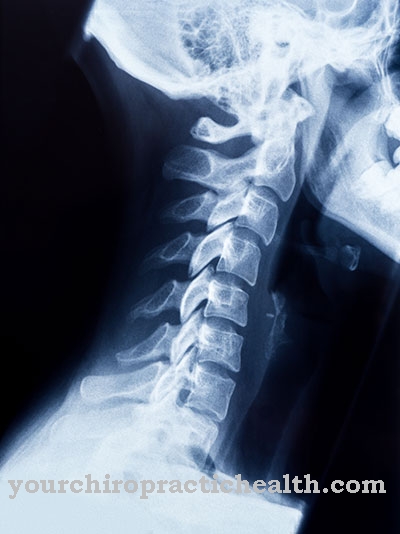
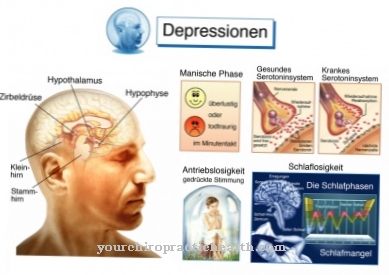

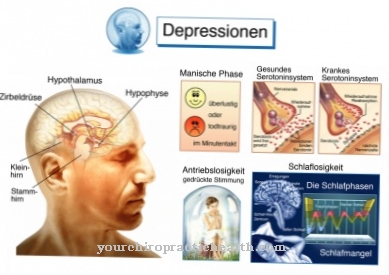

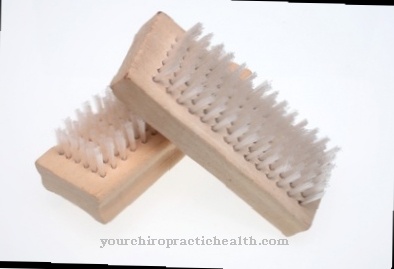





.jpg)
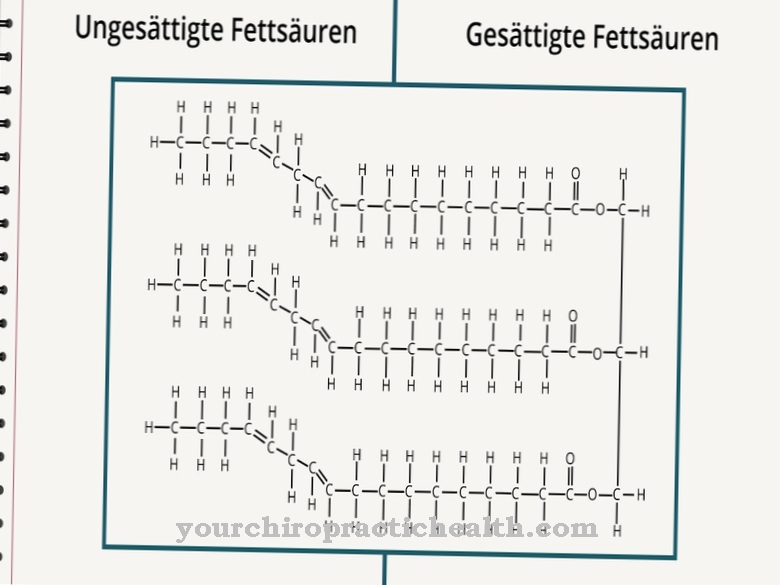



.jpg)
